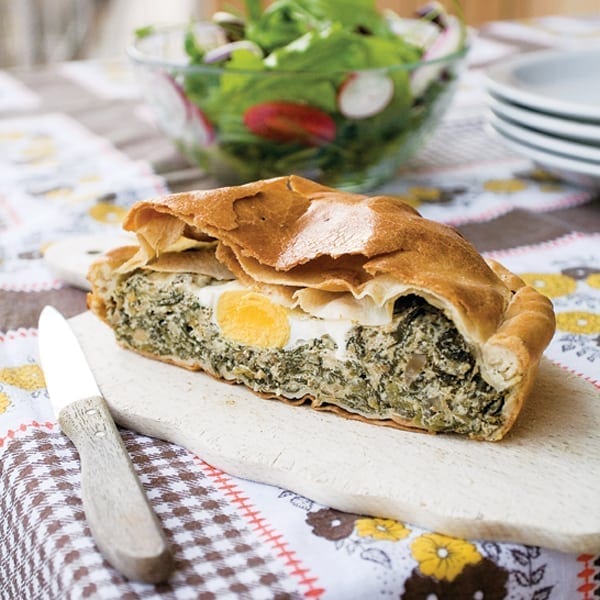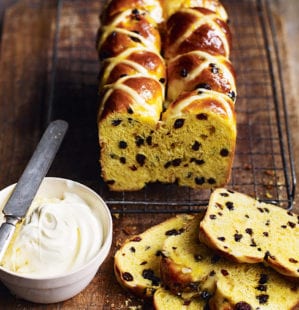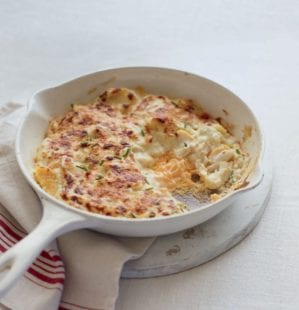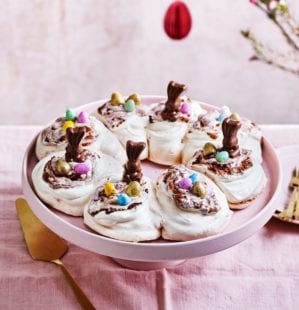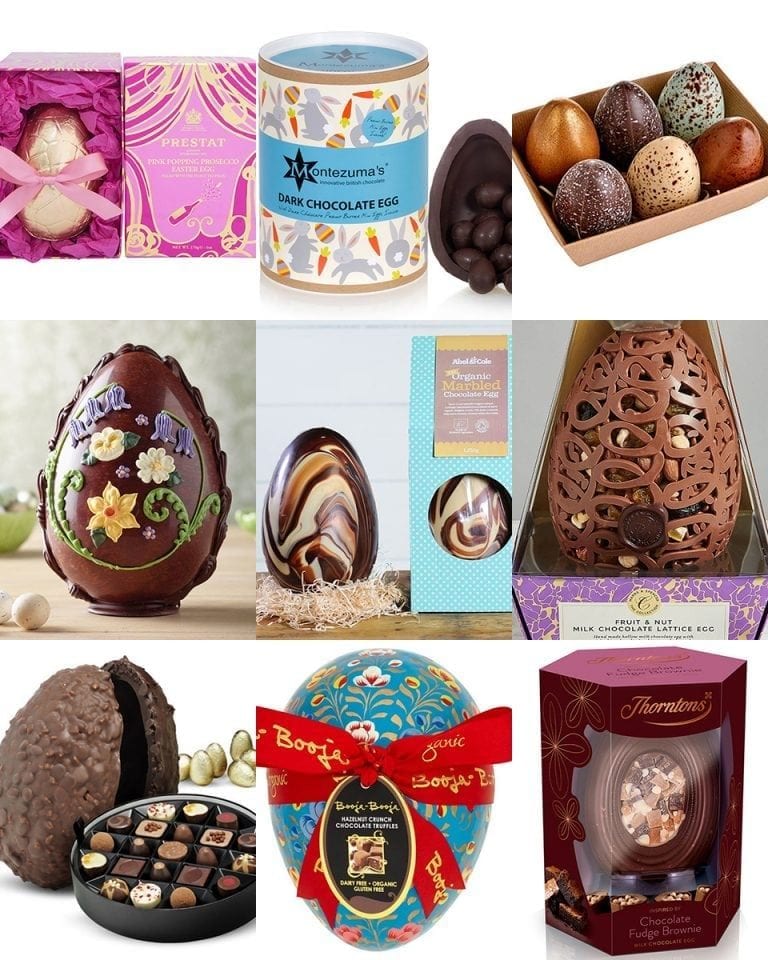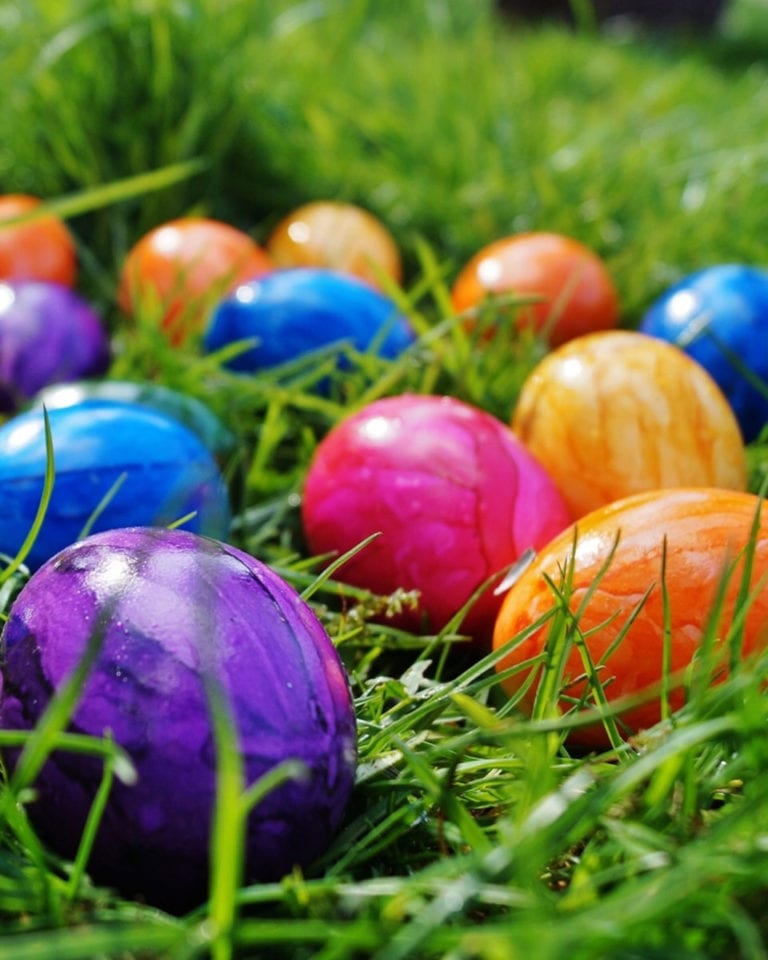How many of these quirky Easter traditions from around the world have you heard of?
Chocolate eggs, hot cross buns, simnel cake: all treats we associate with Easter, some universal, others peculiar to our home turf. Neil Davey wonders if it could be time to enrich the celebrations by adding a few more celebratory quirks to our rituals.
So how many of these quirky Easter traditions from around the world have you actually heard of?
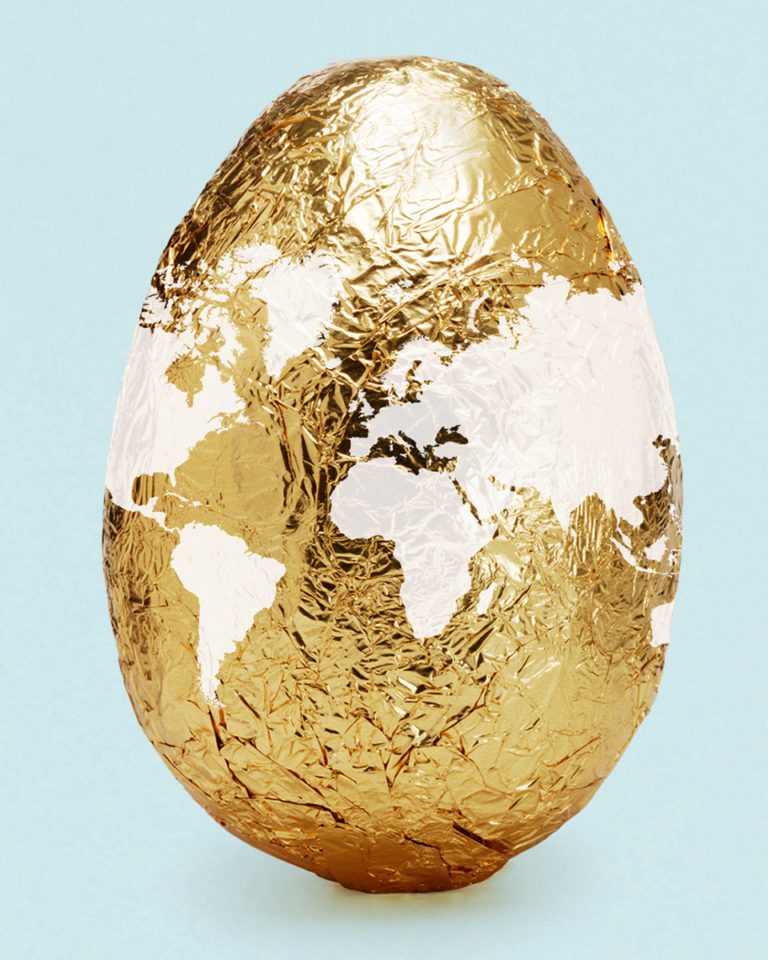
Our traditions are, at this time of year, a strange, colourful mix of the religious and the pagan, of key events in the Christian calendar and the rites of spring, where rabbits and eggs symbolise fecundity and new life. Some of our traditions are deeply rooted in religion, such as Passion Plays and Lent.

Then there’s at least one that’s only ostensibly religious – it has a cross but it’s undeniably a bun. It’s available for several months of the year and gets adulterated with anything from cheese to Marmite to chilli.
As it happens (and rather wonderfully), the UK isn’t alone in its eccentricities: in lands near and far, ‘eccentric’ doesn’t quite cover the mix.
In Bermuda: Kite flying
Bermuda channels its inner Mary Poppins to go fly a kite. Legend has it that a local Sunday School teacher was struggling to explain the Resurrection and decided to demonstrate the idea with a kite that looked like Jesus. In modern parlance, the notion went viral. Festivities begin with the Good Friday KiteFest on Horseshoe Bay Beach, where people gather to show off and fly their homemade kites and compete in categories such as Best Traditional Bermuda Kite or Most Innovative Design.
In Antigua: carpeting the streets
Antigua – the city in Guatemala rather than the island – carpets the streets for its Good Friday celebrations. Sort of. The carpets – which can stretch for half a mile – are made of flowers, vegetables, sand and coloured sawdust, among other things, and covered in scenes that range from the religious to local history and Mayan tradition. The practice is thought to have originated in Tenerife before spreading to Guatemala and other parts of Latin America.
In Finland: Halloween-style dress-up
Meanwhile, in Europe, things can get a little sinister. In Finland, young children dress up as witches and carry bunches of twigs decorated with crepe paper and feathers. Like at Halloween, they knock on doors and get treats – frequently in the form of a chocolate egg – but instead of avoiding a trick, the egg is a reward for the witches blessing each house to drive away evil spirits.
If your idea of an Easter parade involves Fred Astaire and Judy Garland in the musical of the same name, you may want to avoid Verges. The Spanish town is the setting for a dansa de la mort (death dance), performed from midnight on Maundy Thursday and into the early hours, with locals dressed as skeletons, carrying scythes and ashes. Before that, the town plays host to a procession of Roman soldiers and a re-enactment of the Passion.
In New Zealand: real-life bunny hunting
While we’re in slightly darker mood… In the UK, we have Easter egg hunts. In New Zealand – in Alexandra, Central Otago, to be exact – they have a Great Easter Bunny Hunt. And – vegetarians look away now – we’re not talking about cute little foil-wrapped chocolate ones. Rabbits are a pest in NZ so hunters gather to reduce the bunny population a little. Quite why they hold it over Easter suggests someone, somewhere had a pretty twisted sense of humour when the tradition first began. That’s in marked contrast to Australia, a country that also sees rabbits as a pest – a colossal threat to farming, in fact. After a campaign in 1991 by a group called Rabbit-Free Australia, instead of celebrating the Easter Bunny, many now celebrate the Easter bilby or rabbit-eared bandicoot. Many companies make chocolate bilbies – proceeds from which benefit endangered animals. (New Zealand: are you listening?)
In Italy: firework displays
The bunnies are safe, but people and buildings need to watch out in Florence. Locals celebrate Easter Sunday with a 350-year-old tradition known as Scoppio del Carro. That translates as ‘explosion of the cart’ and it’s aptly named. People in 15th century costumes lead an ornately decorated cart through the streets of the city, stopping outside Il Duomo. During the Easter Mass, The Archbishop of Florence lights a fuse and, well, the clue’s in the name. The cart explodes and starts a fireworks display. It’s supposed to herald a good harvest.
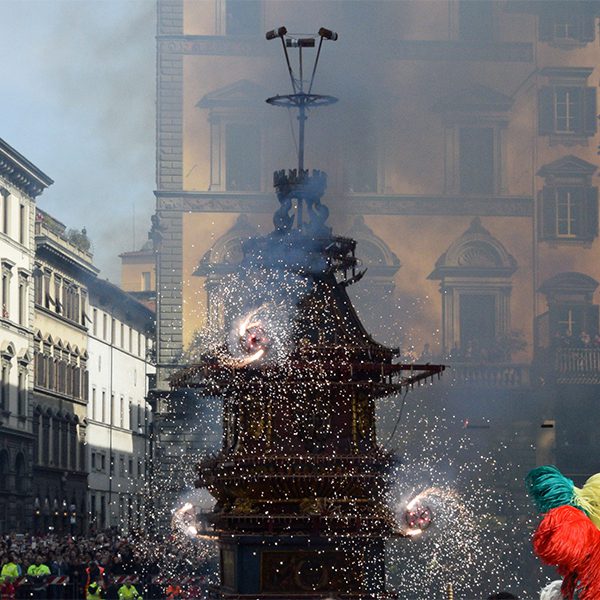
There’s a little pyromania over in Mexico too, where Easter celebrations carry on over two weeks. In town squares across some parts of the country, Holy Saturday is marked with Judas Burning, where huge papier-mâché figures of Señor Iscariot, stuffed with fireworks, are lit and blown up for the crowds.
In France: supersized eggs
In Haux, France, food – and eggs – are at the heart of a rather bigger activity. On Easter Monday, in this southern French town, a giant omelette is cooked and served to everyone present. And when we say a giant omelette, we mean a giant omelette: reports suggest 4,500 eggs are used to feed the 1,000 or so spectators. It sounds impressive… until you discover that another French town, Bessières, holds the same event and, according to Time Magazine in 2016, a local group called, rather brilliantly, the Giant Omelette Brotherhood of Bessières, use 15,000 eggs and feed 10,000 people. Oof! Or should that be “Oeufs!”
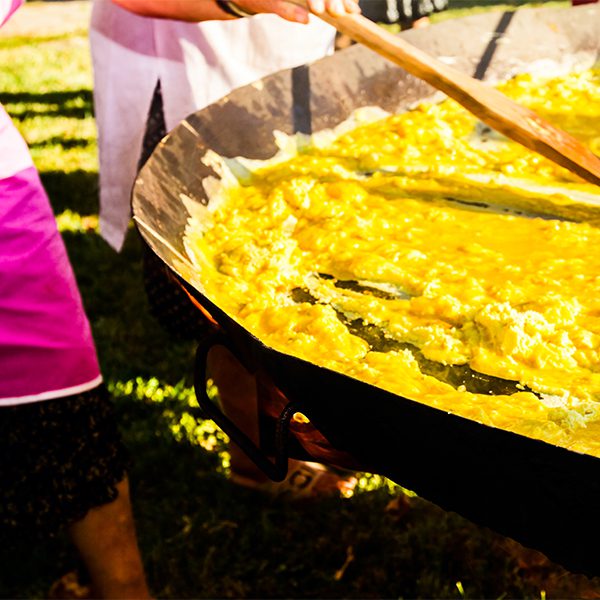
The tradition allegedly echoes back to when Napoleon and his army were travelling through the South of France. They stopped in a small town where Napoleon ate an omelette so delicious, the following day he ordered the town to gather their eggs and cook a huge omelette for his entire army.
After a campaign in 1991 by a group called Rabbit-Free Australia, instead of celebrating the Easter Bunny, many now celebrate the Easter bilby or rabbit-eared bandicoot.
In Norway: reading crime novels
Perhaps our favourite Easter tradition, however, takes place in Norway, where Easter is seen as a time to stay warm and read crime novels. The tradition dates back, it’s said, to 1923 when a new crime novel was promoted on the front pages of Norway’s newspapers. The ads were so convincing, the public were hooked and a tradition was born. These days, the tradition has extended to watching crime series on TV.
Move over hot cross buns…
What do other countries consider essential to their Easter feasting?
Sweden
Påskmus is a soft drink made with extract of hops, malt and spices. it was originally produced as a non-alcoholic alternative to beer. During Holy Week, Swedes consume 10 million litres.
Poland
Zurek or zur is a sour soup made from a fermented rye flour starter, with sausage, bacon and veg. It’s usually served with boiled eggs and, often, inside a loaf of bread.
Argentina
The 33 layers of dough in pascualina pie each represent a year of Jesus’s life. It originates from Liguria in Italy and is filled with spinach, artichokes, parsley, ricotta and whole boiled eggs, the latter representing the Resurrection.
Ecuador
A soup of fish, milk, cheese, beans, flour and garlic, fanesca also has 12 types of grain, symbolising the apostles.
Russia
There’s no doubting the Easter connection of pashka – a dessert made from cheese, butter, dried fruit, sugar and eggs and shaped like a pyramid, a reference to Christ’s tomb. It’s decorated with religious symbols and the Cyrillic letters XB, which stand for the Russian words for ‘Christ is risen’.
Italy
Despite its name, pizza chiena is a pie made of cured meat, cheese and eggs.
Mexico
The bread in the bread pudding capirotada refers to the body of Christ. Cinnamon sticks symbolise the cross and cloves signify the nails.
Slovenia and Croatia
A sweet bread, pinca is made from flour, eggs, sugar, milk, raisins, lemon/orange zest and finished with a dessert wine called prošek.
Georgia
For many countries, lamb (as in ‘lamb of God’) is key to the Easter celebration. Chakapuli is a lamb stew made with white wine, tarragon, tkemali (green plums), chives and green peppers.
Jamaica
Escovitch is a variation on escabeche and ceviche, the fish doused with a pickling sauce of vinegar, pimento, onions, pepper and carrots. The superstition goes that no fire is to be lit before noon on Good Friday, so this is a dish to prepare the day before.
Subscribe to our magazine
Food stories, skills and tested recipes, straight to your door... Enjoy 5 issues for just £5 with our special introductory offer.
Subscribe
Unleash your inner chef
Looking for inspiration? Receive the latest recipes with our newsletter
